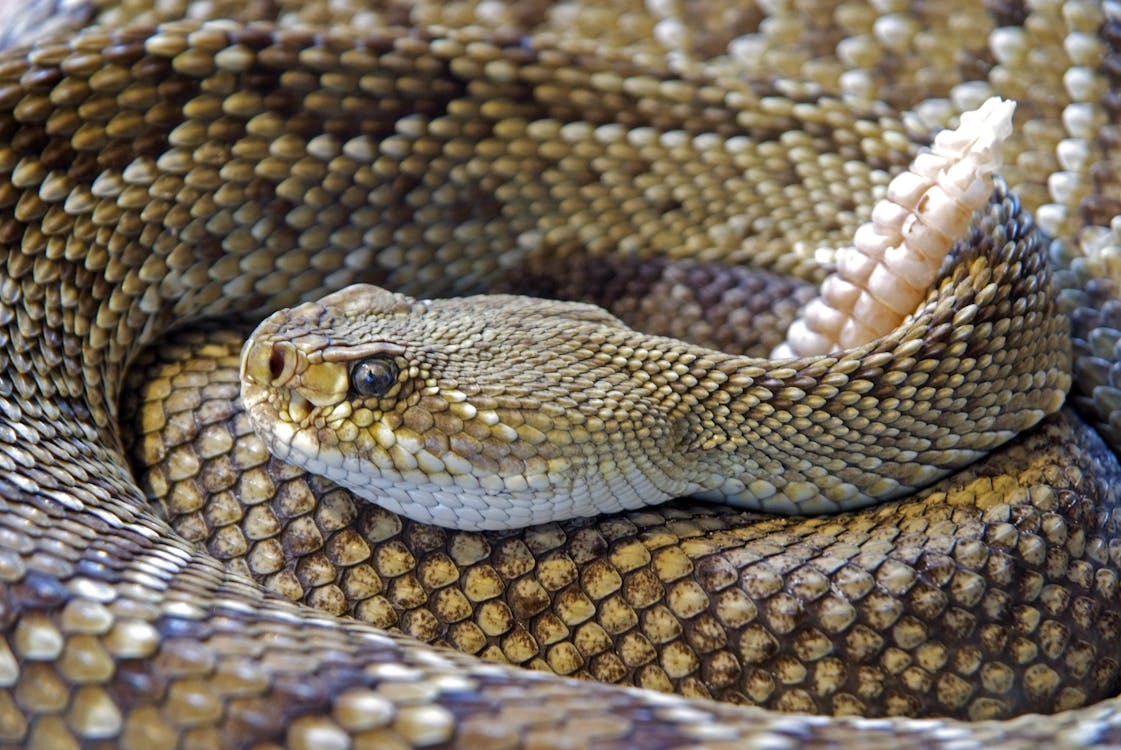
Snakes
Background of Snakes
Snakes are legless, long, flesh-eating creatures belonging to the suborder Serpentes. They are ectothermic animals meaning their body temperature depends on external sources.

Snakes have overlapping scales, and they also lack such features as external ears and eyelids. Most snake species possess skulls with numerous joints that allow them to swallow food even larger than their heads. Many snakes have only a single functioning lung, and their paired organs like kidneys are located one in front of the other.
Snakes exist in all continents except Antarctica with the exception of a few countries like Iceland, Ireland, Greenland, and New Zealand. So if you are afraid of snakes, now you know where to go on your next vacation.
Some of the commonly known types of snakes include pythons, cobras, mambas, vipers, and rattlesnakes. Snakes can be aquatic and land dwellers and some can even live in mountains like the Himalayas.
A snake won’t bite a human unless it’s injured or threatened, and it will prefer to evade contact with us. A bite of a non-venomous snake isn’t harmful, though it can cause an infection. Venomous snakes on the other hand are dangerous, and their bites should be treated quickly to avoid death.
The Biology and Behavior of Snakes
Snakes have a fascinating biological composition that makes reptile scientists spend more time studying them. Here are some examples:
- Scales. Snakes have scales covering their body. They can be keeled, smooth, or granular. Belly scales are used for locomotion and gripping surfaces.
Snakes also undergo molting which is the shedding of the skin. It happens periodically throughout their life and for various reasons like replacing the old and worn-out scales and getting rid of parasites (mostly mites or ticks). - Skeleton. The skeleton consists entirely of the skull, ribs, vertebral column, and hyoid. The head has a neurocranium that allows for loose attachment of other bones, especially the jawbones to assist in maneuvering and ingestion of large meals.
- Feeding and diet. Snakes are strictly carnivorous and eat small animals like frogs, lizards, birds, fish, insects, and worms. Snakes do not tear or chew their meal; instead, they swallow the whole animal. The amount of food eaten depends on the snake size.
- Venom. Most snake species aren’t poisonous. Those that do contain venom utilize it mainly for devouring their prey. Venom is a secretion containing one or more toxins, and it is delivered by fangs. Venom can kill cells, affect nervous systems, or damage muscles. Non-venomous snakes either swallow their prey alive or constrict it first.
- Perception. Snakes use smells to trail their victims by using their forked tongues to gather airborne elements. Some snakes like pythons, vipers, and some boas perceive their prey using infrared-sensitive receptors located in deep grooves on the snout.
Reproduction. All snakes use internal fertilization to reproduce. Most of them lay eggs while some are ovoviviparous meaning the eggs are developed inside the females until they’re almost ready to hatch. Some other species are viviparous meaning they develop the embryo inside the body, eventually leading to live birth.
Origins

The fossil record of snakes is poor because their skeletons are small and fragile making their fossilization rare. There are two main theories that try to explain the evolution of snakes.
The first hypothesis claims that snakes have evolved from burrowing lizards about 150 million years ago. Subterranean species developed streamline bodies for burrowing and finally lost their legs. The theory also suggests that features like transparent eyelids called spectacles, and losing external ears occurred to deal with underground life challenges like scratched corneas and dirt in the ears.
The second hypothesis proposes that snake ancestors were linked to mosasaurs (extinct, giant aquatic reptiles from the Cretaceous) which in turn are believed to have developed from the varanids. It also states that the evolution of spectacles was meant to counter underwater environments, and the loss of external ears was the result of disuse in the marine world.
Read More
- Snake Wikipedia – https://en.wikipedia.org/wiki/Snake
- Snakes, facts, and information – https://www.nationalgeographic.com/animals/reptiles/group/snakes/
- Snake Facts & Types of Snakes – https://www.livescience.com/27845-snakes.html
